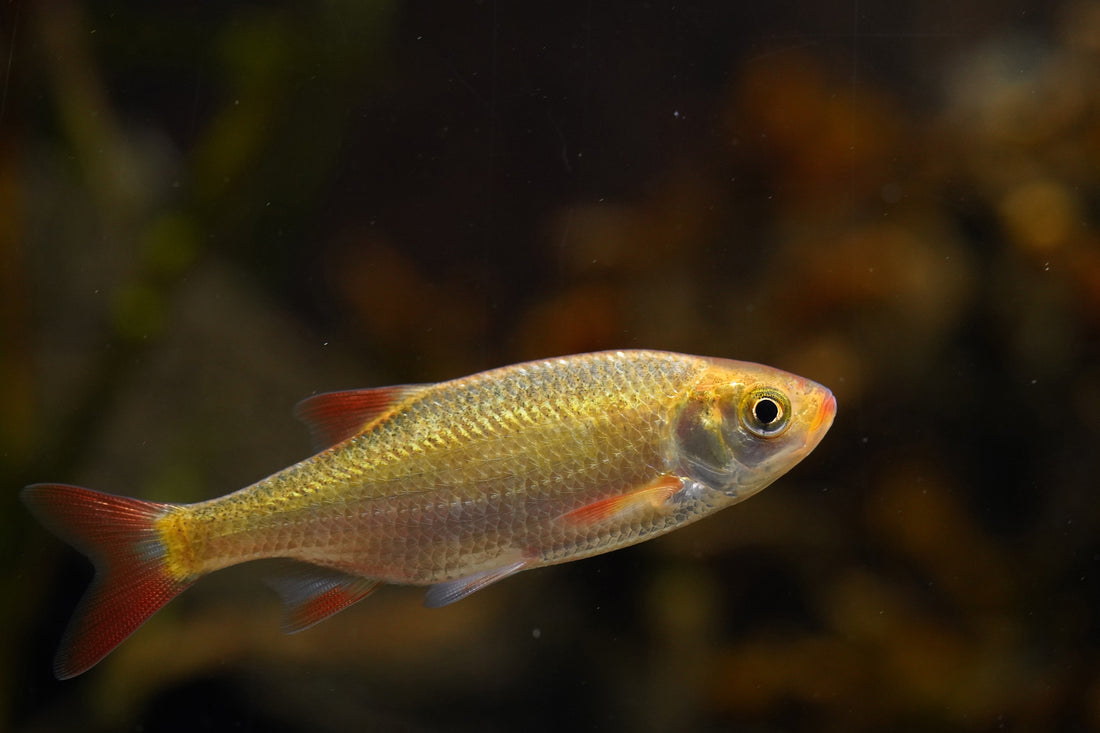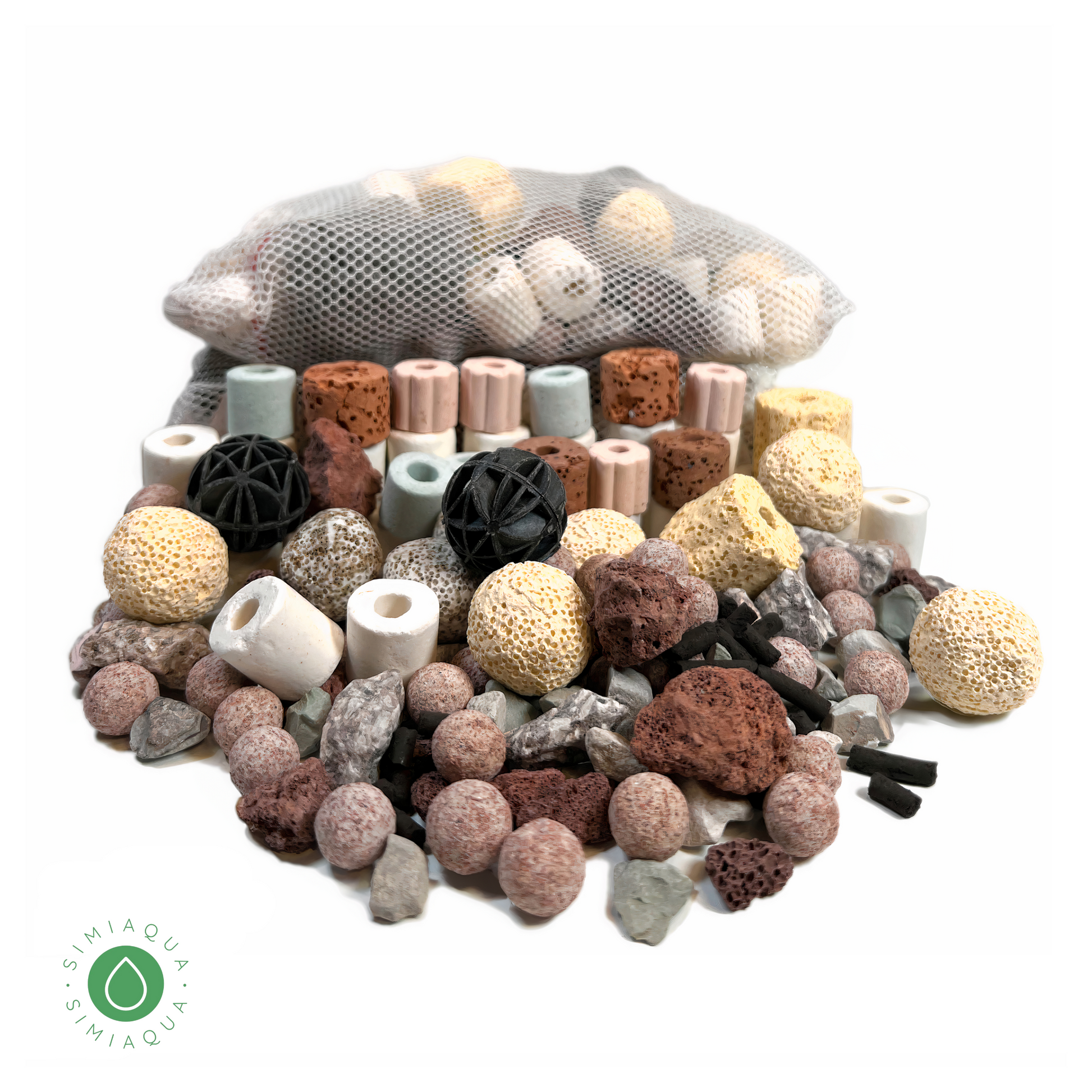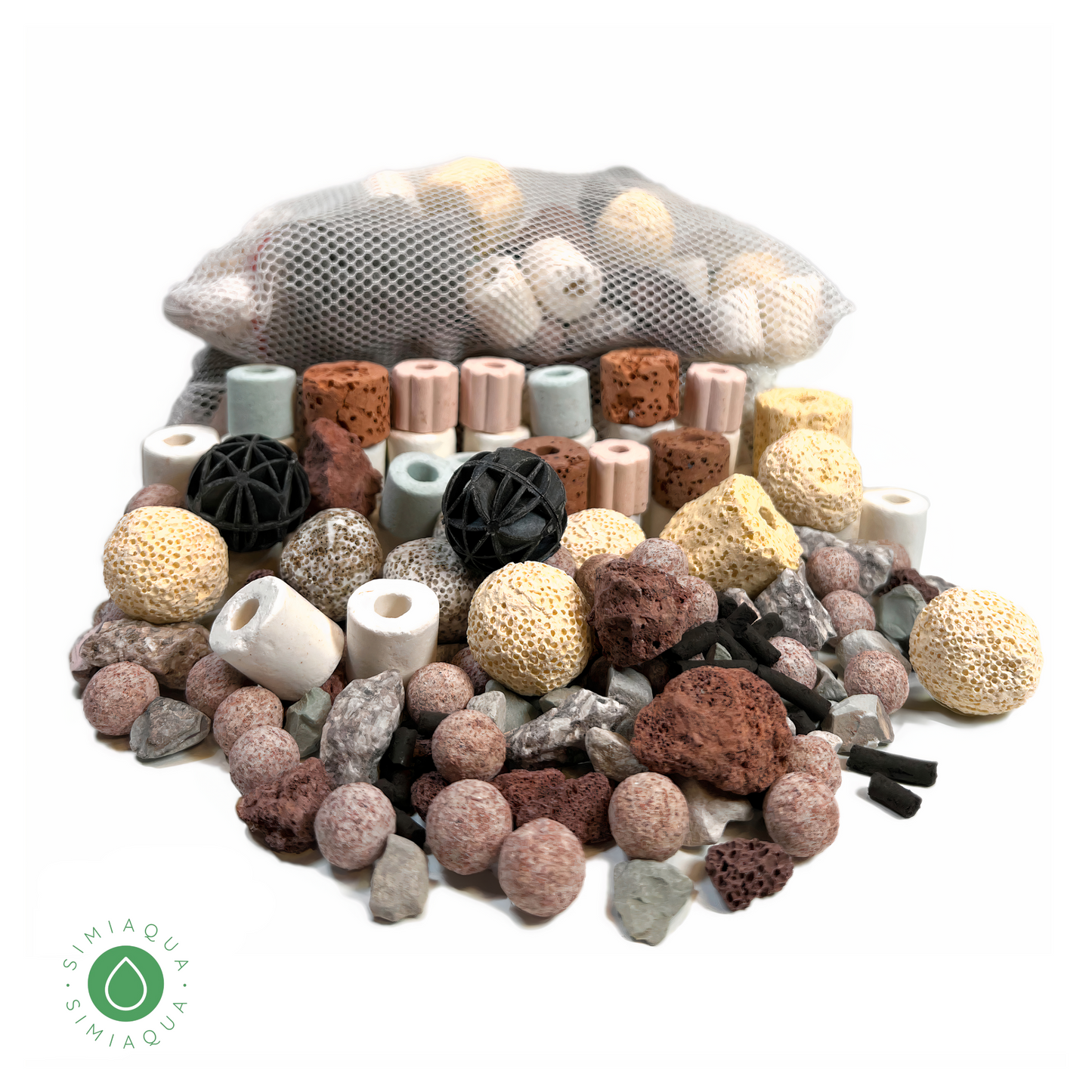
Solving the Rotten Egg Smell and Unusual Color in Your Fish Tank: Tips and Techniques
Share
If you've noticed that your fish tank has developed a rotten egg smell and has taken on an unusual color, it's important to address the issue as soon as possible. Poor water quality can be harmful or even deadly for your fish, and it can be caused by a variety of factors. In this article, we'll explore some common causes of this problem and provide some tips for how to fix it, including the use of activated carbon.
One possible cause of a rotten egg smell and unusual color in your fish tank is high levels of nitrogen compounds, such as ammonia and nitrite. These compounds are produced as a byproduct of fish waste and can be toxic to your fish if they build up to high levels in the water. Ammonia is especially dangerous, as it can quickly reach toxic levels in a small tank or if the tank is overstocked with fish. Nitrite is slightly less toxic, but it can still be harmful to your fish if it accumulates in the water.
Another potential cause of this problem is hydrogen sulfide gas, which is produced by bacteria in the tank and can give off a rotten egg smell. This gas can be harmful to your fish and can be caused by a build-up of organic matter in the tank, such as uneaten food or excess waste.
So, how can you fix this problem? Here are a few steps you can take:
-
Test the water for ammonia, nitrite, and nitrate levels using a water testing kit. High levels of any of these compounds can be harmful to your fish and should be addressed as soon as possible.
-
Check your filtration system to make sure it is functioning properly and is able to keep up with the bioload (number of fish and amount of waste) in the tank. You may need to clean or replace your filter media, including adding fresh activated carbon, which can help to remove impurities and toxins from the water. You may also consider adding a secondary form of filtration (such as a hang-on-back filter or a canister filter) to help remove waste and toxins from the water.
-
Make sure you are not overfeeding your fish. Remove any uneaten food from the tank after feeding, and consider reducing the amount of food you are giving your fish.
-
Keep the tank clean by performing regular water changes and removing any visible waste or debris from the tank.
-
Consider using a water conditioner or dechlorinator when adding new water to the tank. These products can help to remove chlorine and other chemicals from tap water, which can be harmful to fish.
If you've tried these steps and the problem persists, it may be a good idea to consult with a local fish store or a veterinarian who specialized in fish health for further assistance. With a little effort and attention, you can help to maintain a healthy and enjoyable environment for your fish.







